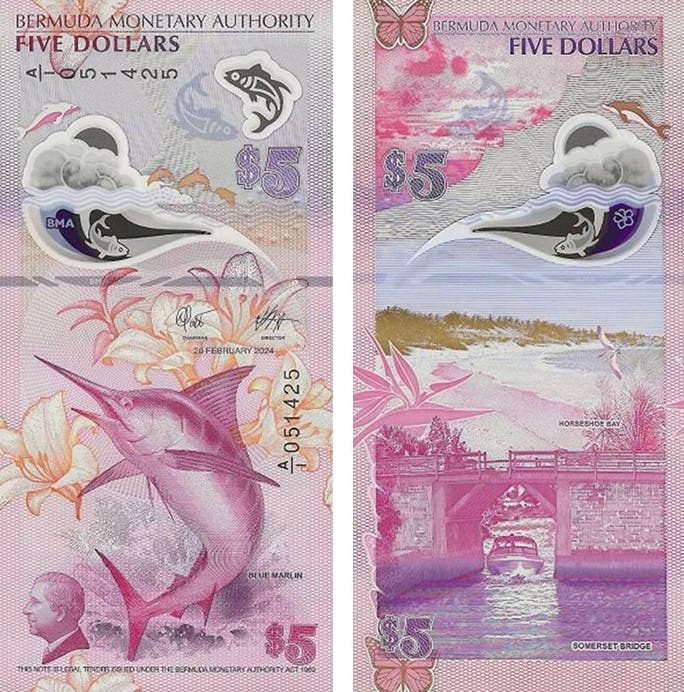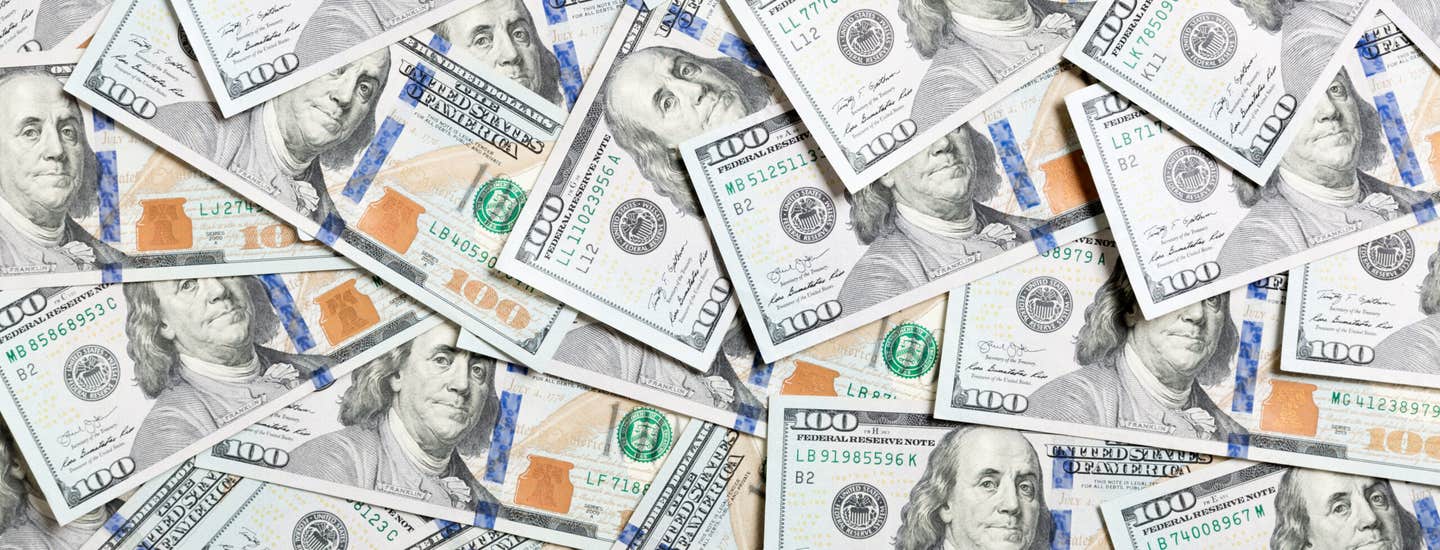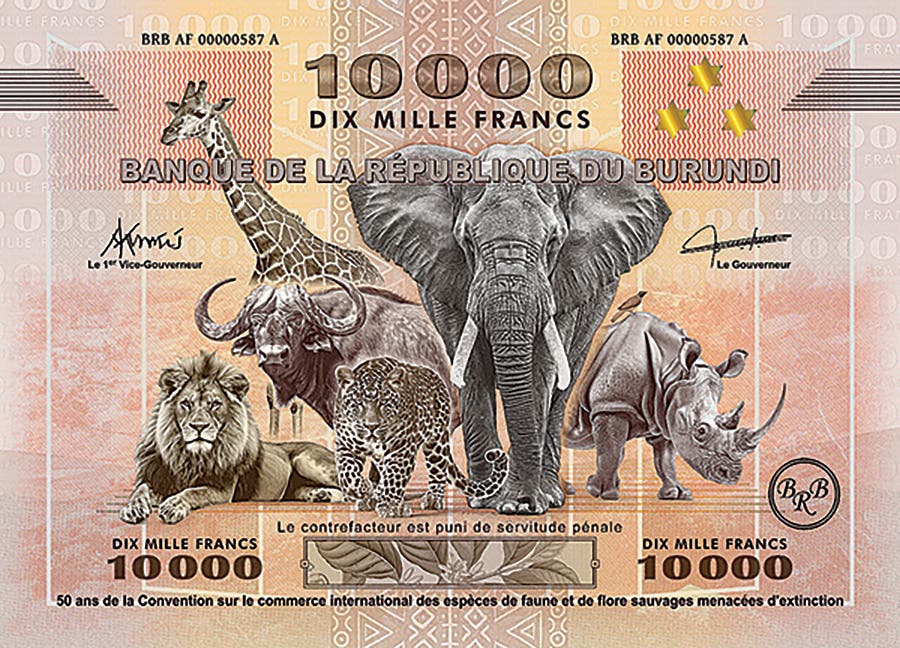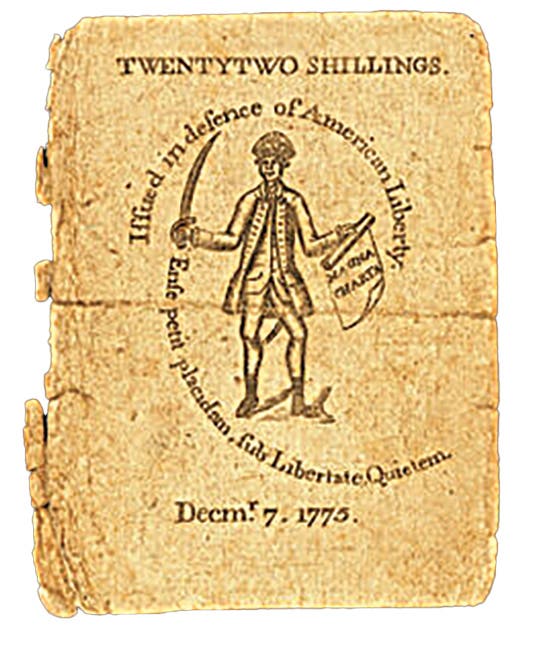Canada Bank Notes Demonetized
Once upon a time Canada had a 1-cent coin. Now that’s gone. Once upon a time Canada had a circulating $1, and a $2 bank note. Now they’re gone. And,…
Once upon a time Canada had a 1-cent coin. Now that’s gone. Once upon a time Canada had a circulating $1, and a $2 bank note. Now they’re gone. And, what about the Canadian 50-cent coin? That circulates about as successfully as does its US counterpart.
The list is about to get longer. In mid-November the Bank of Canada (BOC) sent out a reminder it will remove the legal tender status of its $1, $2, $25, $500, and $1,000 bank notes as of January 1, 2021. Canada’s Parliament decided to remove the legal tender status of these notes in 2018, following amendments made to the Bank of Canada Act and the Currency Act.
In 9 (1) of the Currency Act it reads, “The governor in council may, by order, call in (a) coins of any date and denomination that are current under section 7; and (b) any notes that are current under section 7.1.”
According to a BOC press release, “Most Canadians will not be affected because the bank notes targeted by this announcement have not been produced in decades and are rarely used in transactions,” continuing, “ Importantly, these bank notes will not lose their value. Canadians can redeem them at face value or decide to keep them. Those who wish to redeem their bank notes can do so most easily at their financial institution. They can also send bank notes directly to the Bank of Canada.”
Attempting to soften the blow, the BOC added, “Money is not just bank notes but takes many different forms: credit cards, debit cards, checks, and contactless payments using mobile devices. You can pay with any of these forms of money, even though they are not considered ‘legal tender.’”
The BOC statement acknowledges, “Some rarer notes could be worth significantly more than face value to collectors.”
In general, almost any Canadian bank note issued prior to when a vignette of Queen Elizabeth II was placed on the currency has a premium value. Even among those notes on which the queen appears, if the note is an issue of 1954 with what appears to be a devil’s face in her hair this too has a premium value.
The November 23 issue of DH News Vancouver reported, “The BoC said they support the initiative and, by doing so, ensure that the bank notes used by Canadians are current, in good condition, easy to use, and difficult to counterfeit.”
Canada’s paper dollar bill was replaced with the Loon dollar coin, nicknamed the Loonie, in 1989. A $2 coin nicknamed the toonie replaced the bank note of the same value in 1996. The $25 bank note denomination was only issued in 1935. It is a commemorative on which vignettes of King George V and Queen Mary appear. The note marks the king’s silver jubilee.
The Bank of Canada $500 note denomination never really circulated. It has been estimated perhaps 40 examples of the note exist today. Canada’s first prime minister, Sir John A. Macdonald appears in a vignette on the front, with an allegorical figure representing fertility on the back.
The controversial $1,000 denomination nicknamed the pinkie, due to its pinkish-purple colors, has remained as the highest value bank note in the Western Hemisphere despite not being issued since 2000. Recent BOC statistics estimate there are 632,019 that have yet to be redeemed. In 2012 money laundering book author Jeffrey Robinson wrote of the notes, “They are used now to pay off IOUs, not as traditional cash. They are used for buying and selling but not for cashing, because they know if they cash them, it is traceable.”
Robinson continued, “They keep paying with them, over and over, and it’s only the last guy in line who has to worry about cashing them.”
The 1870 to 1923 25-cent notes nicknamed the Shinplaster were issued by the Dominion of Canada. That is one of several reasons why these notes have not been redeemable since 1935. Obsolete coin denominations include the cent, silver 5 cents, and the 20-cent denomination.
The BOC acknowledged that at this time there are no plans to demonetize further denominations of coins or bank notes.








